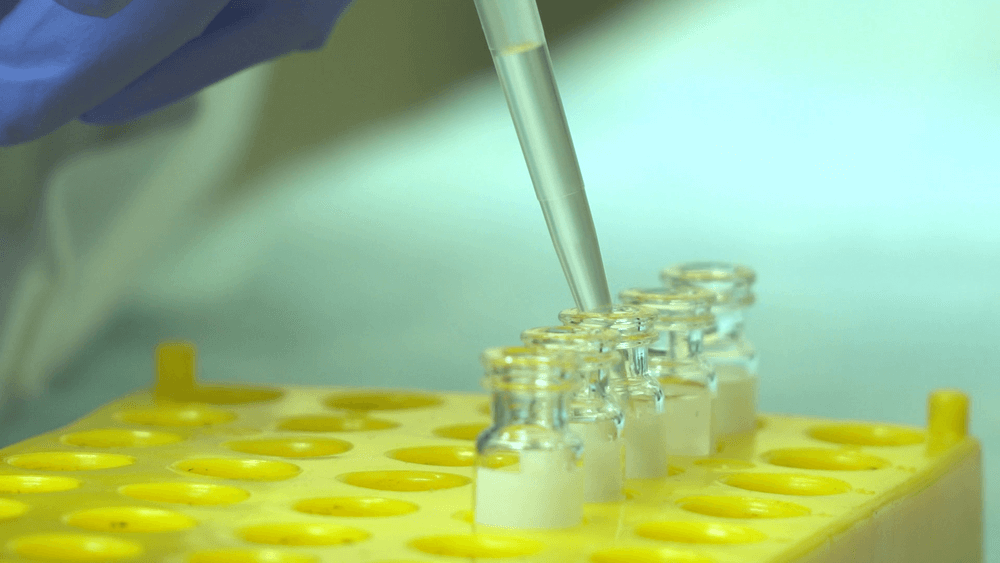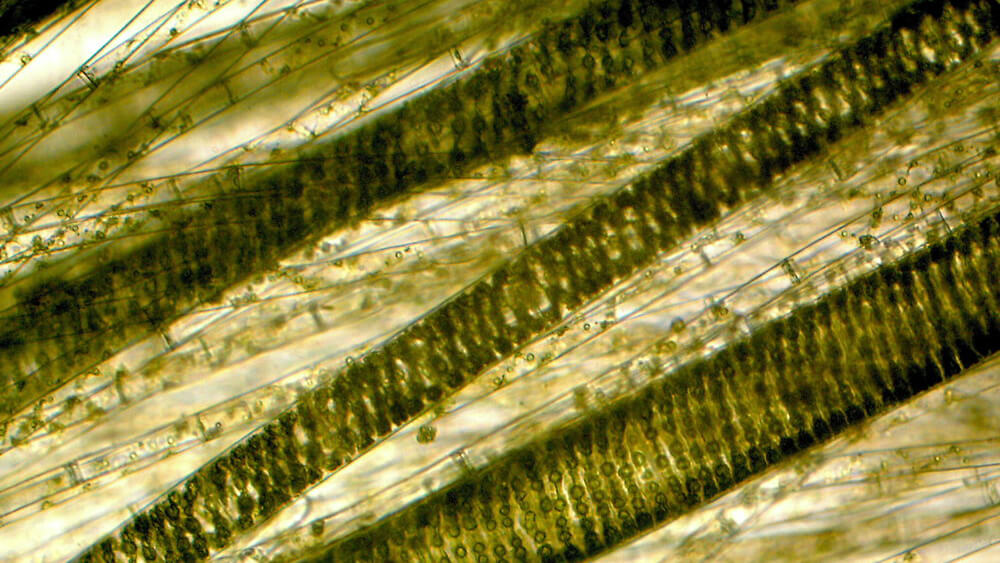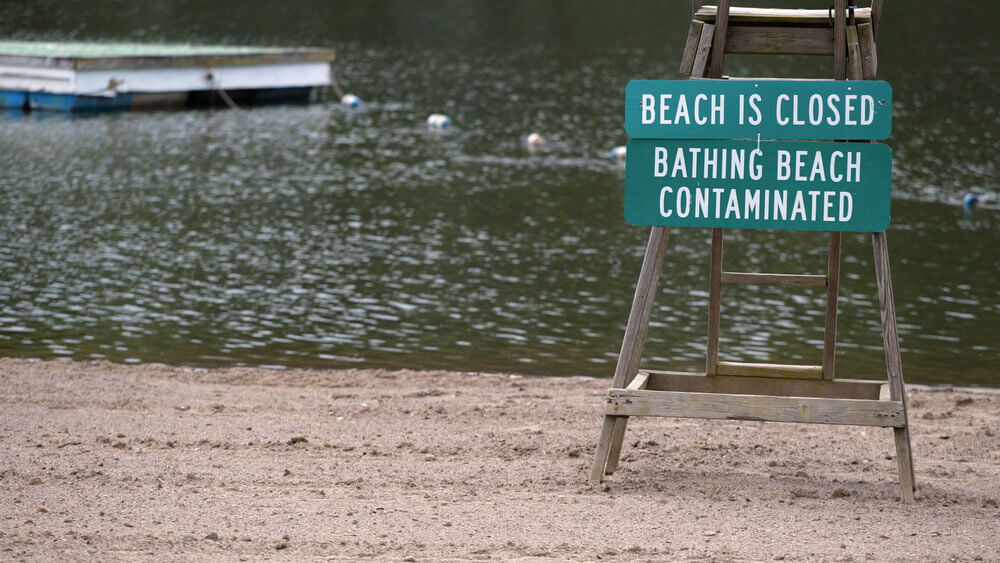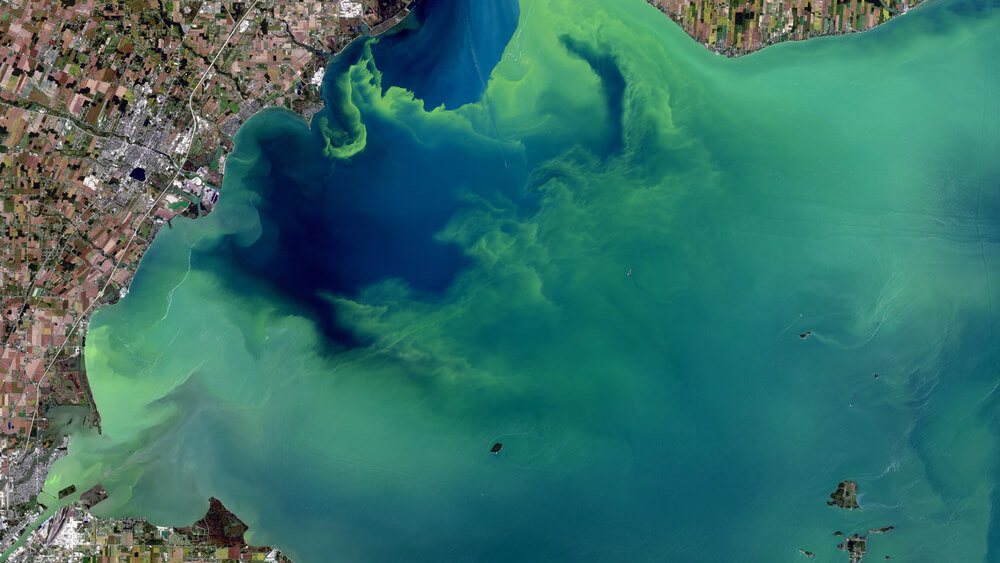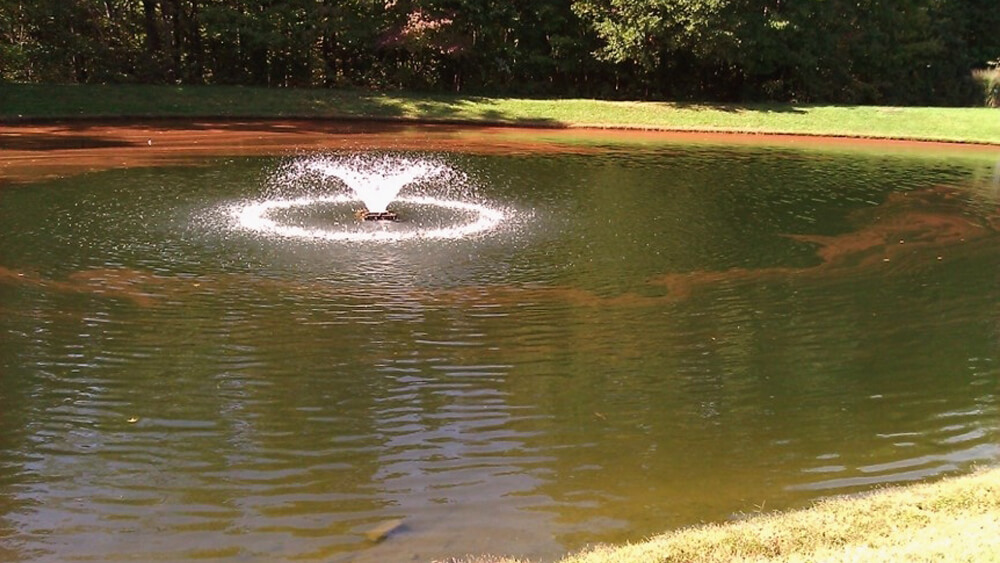Algae Corner: The Problem With Phosphorus
One pound of phosphorus can support 500 pounds of algae or more. And the more phosphorus you have built up in your system, the more likely you're going to have nuisance types of algae, and a lot of algae on your hands.
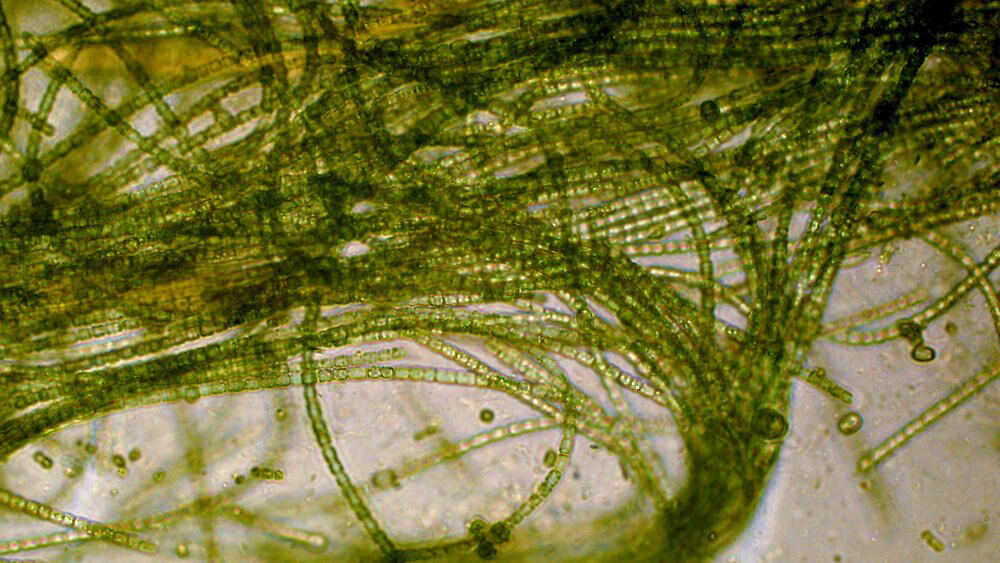
Algae Corner Quiz: Algae or Not?
Want to get Updates? Get the latest news by subscribing to our channel:
Phosphorus as a Nutrient
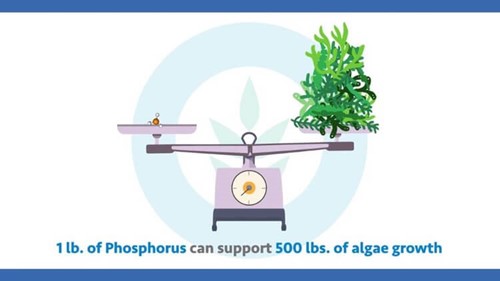
Phosphorus is commonly the limiting nutrient for algal growth in freshwater systems. One pound of phosphorus can support 500 pounds of algae or more. And the more phosphorus you have built up in your system, the more likely you're going to have nuisance types of algae, and a lot of algae on your hands.
Sources & Buildup
There are a lot of different sources of phosphorus, such as run-off from agricultural fields, golf courses, or even home lawns. There's phosphorus that comes from the atmosphere when it rains. Wildlife is also a big contributor of phosphorus. One goose can poop up to 92 times per day!
The problem is, phosphorus will build up in aquatic systems. You can often see a pool of phosphorus built up in the sediments. It looks like organic muck on the bottom of your lake or pond. This can be accumulation of phosphorus from many different sources, like leaves and grass clippings, that build up in your pond through time.

Nuisance & Noxious Algae Growth
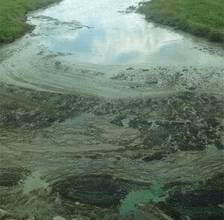
The problem with this buildup is, often this relates to nuisance and noxious types of algae. They love phosphorus and they need a lot of phosphorus to grow. This diagram represents that with more phosphorus, typically you see more nuisance types of algae and cyanobacteria.
Specifically you’ll see those scum formers, those mat formers, that can produce toxins and taste and odor compounds. They’re correlated with phosphorus levels in many scenarios. Other thick mat formers like pithophora and cladophora also love and use a lot of phosphorus to grow. So, the more phosphorus you have, the more you are likely to have a problem with algae in your system.
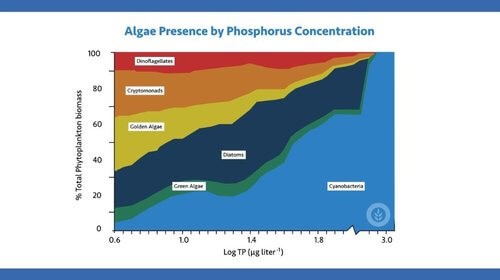
Selecting for Better Types
Algae like green algae may be good for a system, though. They may move up the food chain and may grow those big bass you're looking for. Those algae don't need as much phosphorus. They prefer higher N to P ratios. So by removing the phosphorus, we shift that ratio higher, and can grow those better types of algae.
It’s a similar situation with diatoms. Diatoms like a higher silica to phosphorus ratio. So again, keeping those phosphorus levels low may give those better algae a foothold in the system and be able to outcompete some of the nuisance, noxious, and smelly types that you don't want in there.
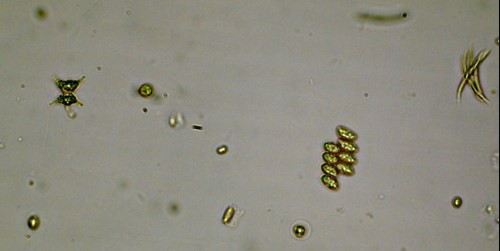
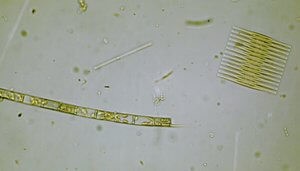
Summary
In summary, the strategic removal of phosphorus supports the fishery from the bottom up. It allows the better types of algae to thrive and get those nutrients into the big bass that you want in your system. As always, stay tuned to future episodes to learn more.

